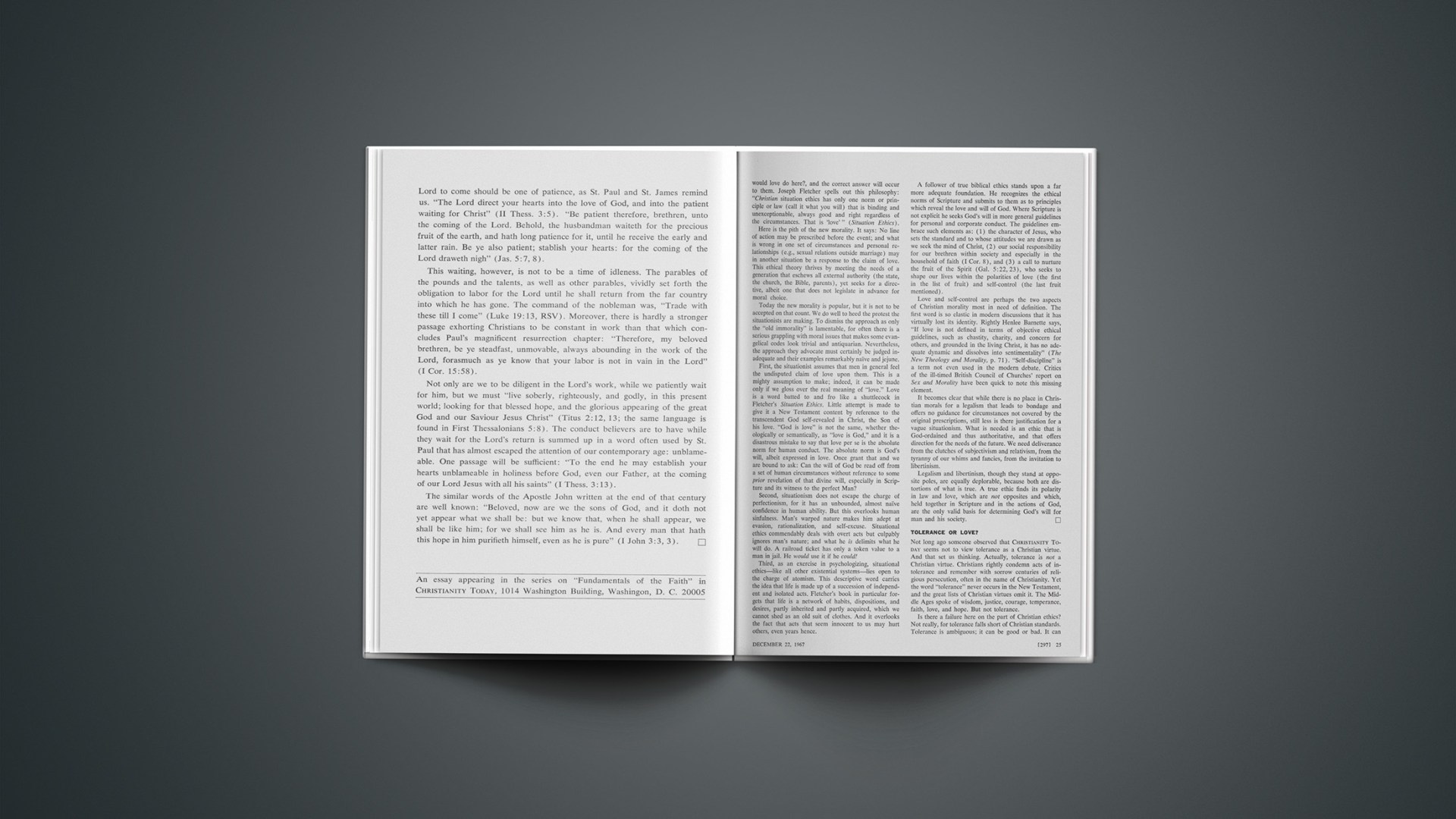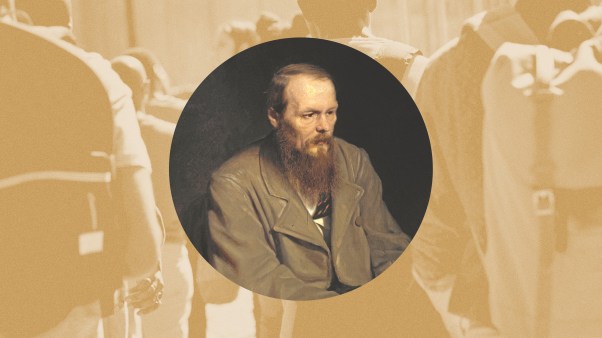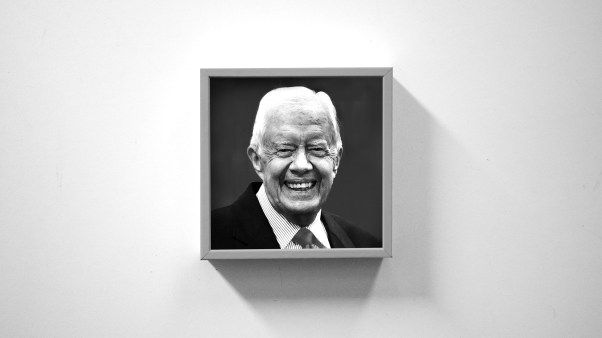One of the most striking statements to come from the Second Vatican Council is found in the Decree on Ecumenism. Here we find the Roman church speaking of a hierarchy, not of offices, but of truths. In one place, Catholic theologians are reminded that a distinction between doctrines must be made in light of the fact that an order of truths exists within Catholic truth; the order is hierarchical in that the truths do not all bear the same relation to the fundamental center of Christian faith. This thought is expressed in connection with ecumenical dialogue; only in recognition of the hierarchy of truths, it is said, can the way be found to stimulate both sides to “a deeper knowledge and a clearer revelation of the unfathomable riches of Christ.”
It is no surprise that the introduction of this idea aroused considerable stirring in the council. The Italian bishop Pangrasio first proposed it in 1963, and it was included in the Decree on Ecumenism on October 7, 1964.
Pangrasio was moved to propose the hierarchy-of-truth idea by his intense concern about the divisions of the church. He thought the Decree on Ecumenism as it originally stood was too abstract; he wanted some kind of concrete indication of how the “separated brothers” could be reunited on the basis of the one and only foundation, Jesus Christ. When he suggested the notion of a hierarchy of truths, and when it was actually accepted, many people were surprised. And its meaning was not wholly clear. What was the actual significance of admitting a difference in order of importance between truths of the Catholic faith and the one foundational truth, Jesus Christ?
Since then this idea has been increasingly under discussion. In fact, someone is now writing a dissertation in which he attempts to show that the notion of a hierarchy has antecedents in the thought of the fathers and of St. Thomas. Many praised its inclusion in the decree. Rahner called it one of the great decisions of the council; Schillebeeckx speaks of it as a new conciliar development.
It was injected into the council quite unexpectedly. But Pangrasio apparently struck a sympathetic note with it, and found it receiving surprising acceptance. Rather than putting it into the hands of a committee and thus killing it until Vatican III, the council set it directly within the decrees.
With this, we see another sign of change since the encyclical of 1928 that was directed against the ecumenical movement (Mortalium animos). In that encyclical the notion of a distinction between fundamental and non-fundamental doctrines was rejected. Such a distinction was unacceptable: since all doctrines were revealed by God himself, none could be counted less important than any other. This had always been Rome’s understanding. So with the new decree a longstanding tradition was broken.
Luther and Calvin made a distinction between central and peripheral doctrines. And they knew (in regard to the Church) that not all doctrines lay equally close to the center, Jesus Christ. Naturally, the criterion by which the central doctrines are distinguished from the peripheral is not easy to determine. But anyone reflecting on the catholicity of the Church must come to a distinction similar to that made by Pangrasio, even though he may view the content of the hierarchy of truths quite differently.
And here lies the problem of all ecumenicity. Every church is involved with the problem in some form; each church is aware of the divisions and variations in doctrinal emphasis among the churches. For this reason it is of interest to us that Pangrasio saw his desire crowned with success, and that Vatican II acknowledged the existence of the problem.
The consequences of this admission are not yet foreseeable. There is, of course, no implication of a quantitative reduction of things the Catholic Church holds to be true. If there were, the statement would never have gotten into the decree. Pangrasio himself used the idea of primary and secondary truths—a distinction no more helpful than the Protestant distinction between fundamental and non-fundamental truths. But the significant thing is that the problem was raised and admitted, regardless of the questions remaining about the criterion for determining which truths are primary and which secondary.
Since the council, profound questions have been asked. For instance, is the doctrine of Mary less central than the confession of the Incarnation? Is the doctrine of Jesus Christ the only primary doctrine? Hearing these questions, a Protestant may be inclined to smile and say that they prove that, despite all the talk, nothing has really changed and nothing can really change in Rome. But if this were so, the statement would not have been included in the decree. That it was set within one of the major documents of the council shows how seriously it was taken. This was no mere tactical device; it shows that Rome is convinced that its former anathemas and censures are no longer useful, at least not so long as it is aware that Jesus Christ is indeed the foundation of Christian unity.
The Decree on Ecumenism sets the problem in focus; it does not give an answer. What its significance will be and how it will be applied is anyone’s guess. The future is never determined by the writing of statements. But the decree does put on the agenda a question that is the concern of every church in the crisis of our divisions. It touches on the depths of the mystery of Christ, on the reality of the one Shepherd, who himself talked about the one thing needful.
If this is what is involved in the conciliar Decree on Ecumenism, we can truly speak of a new and striking development. Pangrasio was not being a crypto-Protestant, to be sure. But he did point to a matter that involves Protestantism also: the mystery of Christ in the midst of our fallible and sinful human reality. Thus, it was not his problem alone; it is a problem that faces us all.










